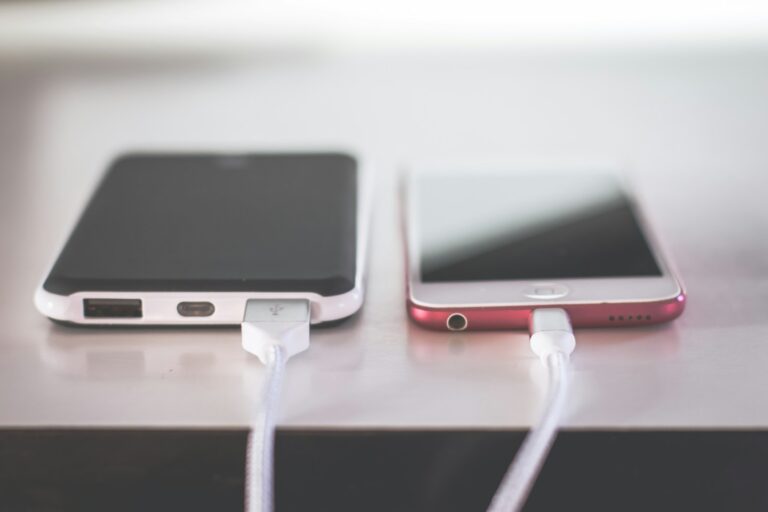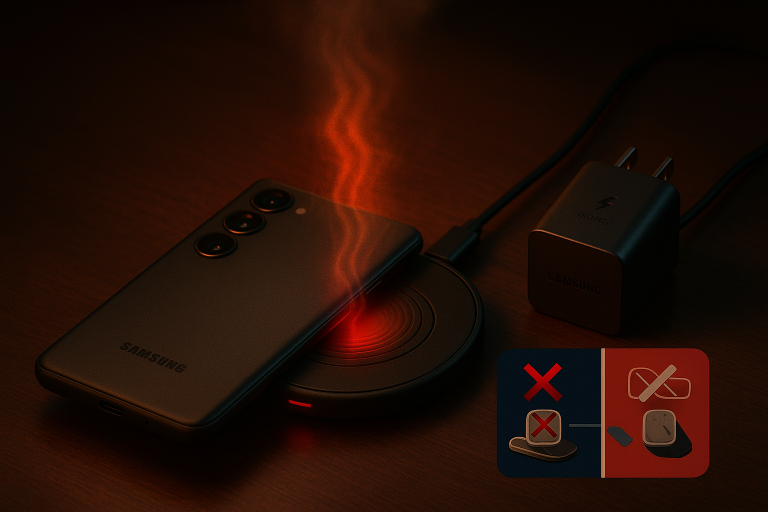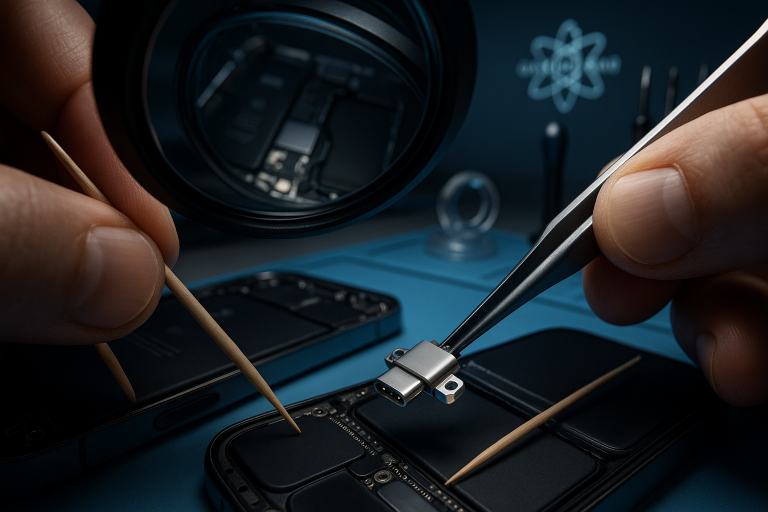Why Is Wireless Charger Flashing Red?
A flashing red light on a wireless charger can be a frustrating and confusing issue to deal with. This is especially true if you are not sure what the flashing red light means and how to fix the problem. In this article, we will discuss the common causes of a flashing red light on a wireless charger and what you can do to fix it.
Overheating
One of the most common causes of a flashing red light on a wireless charger is overheating. Wireless charging involves the conversion of electrical energy into magnetic energy and then back into electrical energy to charge the device. This process generates heat as a byproduct, and it is perfectly normal for a wireless charging pad to become warm to the touch during use. However, if the wireless charger is overheating, it may automatically shut off to prevent damage. A flashing red light can indicate that the charger needs to cool down before it can be used again.
If the wireless charger is overheating, the first thing you should do is to move it to a cooler location. Make sure that the charger is not in direct sunlight or near a heat source. Give the charger time to cool down before attempting to use it again. It is also important to note that if the charger is located in an area with high ambient temperature, it may overheat more easily.
Short Circuit
A short circuit can cause the wireless charger to malfunction and display a flashing red light. This can be caused by a damaged cable or charging pad, or by charging a device that is not compatible with wireless charging. If you suspect that the wireless charger is suffering from a short circuit, unplug the charger and check the cable and charging pad for any damage. If you
find any damage, it is best to replace the cable or charging pad. It is also important to make sure that you are using the correct cable and charging pad for your device.
Another possible cause for a short circuit is charging a device that is not compatible with wireless charging. Not all devices are compatible with wireless charging and may require a special case or adapter. Make sure your device is compatible with wireless charging and that you are not using a counterfeit or non-compliant charger.
Incorrect Placement
Another common cause of a flashing red light on a wireless charger is incorrect placement. If the device is not placed correctly on the wireless charger, it may not charge properly and the charger may display a flashing red light. Make sure that the device is properly aligned on the charging pad and that there are no objects blocking the charging coils. Also, make sure the device is not in a case or cover that is not designed for wireless charging, as this could also interfere with the charging process.
Battery Level
If the device’s battery level is low, the wireless charger may not be able to charge the device properly, and it may display a flashing red light. Make sure the device’s battery level is not too low before placing it on the wireless charger.
Firmware Update
Some wireless chargers have a firmware update feature, and if new firmware is available the charger may show a flashing red light. This is usually a temporary situation and the charger will return to normal operation after the firmware update is complete. However, it is important to check the user manual of the wireless charger to know how to update the firmware and how to identify if the flashing red light is due to a firmware update.
Conclusion
A flashing red light on a wireless charger can have various causes, from overheating to a short circuit, incorrect placement, low battery level, and firmware updates. It’s important to understand the possible causes and take the appropriate action to fix the problem. Always make sure that the wireless charger is properly connected to a power source, that the device is compatible with wireless charging, and that the device is placed correctly on the charging pad. Check for any damage on the charger, or cable and make sure the device is not in a case or cover that is not designed for wireless charging. If none of these solutions work, check the user manual of the wireless charger or contact the manufacturer for assistance.



